These days, car buyers have all been siloed into clearly-defined market segments and price points. Take the SUV and crossover market, for instance. Customers looking for a big, car-based seven-seater are split into two distinct categories – those that have to be content with mainstream offerings like the Nissan X-Trail, Hyundai Santa Fe and Kia Sorento, and those who have to spend a whole lot more for full-sized premium models such as the Audi Q7 and Land Rover Discovery. And never the twain shall meet.
That’s fine if you’re playing in either of the two segments, but Mazda is a relatively small carmaker that cannot hope to compete in the big leagues in terms of sheer volume, and hence has to differentiate itself in order to stand out in the marketplace. So far, it’s near-premium positioning has paid dividends, particularly with the CX-3 and Mazda 6, both being some of the most expensive offerings in their respective segments.
But that same recipe becomes a thorn in the company’s side as the segment moves further upmarket. The outgoing CX-9 was a case in point – designed with burger-chomping Americans in mind, it was enormous, had an absolutely massive engine and swilled fuel like there was no tomorrow. With a circa-RM300k price tag that put it squarely against premium compact SUVs such as the BMW X3 and Audi Q5, the big Mazda became a complete no-go in our image-conscious market.
However, Hiroshima is taking another stab at the premium-but-not-quite multi-seat crossover with the new, second-generation CX-9. With a more frugal turbo engine and a more luxurious cabin, can it really hold its own and claim its place in this stratospheric price range? We take it for a spin to see what’s what.
We start this review with a disclaimer – this won’t be CX-9 most Malaysians will be able to own, and not just because of its steep price tag of RM316,788 for the two-wheel drive model seen here and RM323,849 for all-wheel drive (on-the-road with insurance). You see, this car has yet to be officially launched over here, but local distributor Bermaz has been given limited Australian-spec units to sell due to “high demand.”
As such, don’t expect prices or specifications of this GT variant – second only to the range-topping Azami trim Down Under – to be completely representative of proper Malaysian-spec vehicles. Looking at the rarified segment the CX-9 is in, however, our cars should be just as well-equipped, if not higher.
Mazda’s well-received Kodo design language has been around for half a decade now, but the company has had to class it up for this application with an abundance of chrome trim and finer, more sophisticated detailing throughout. The result a large off-roader that is stylish and imposing, if not particularly handsome in the traditional sense – a bit more Daniel Craig than George Clooney.
The huge chrome-laden grille gives the CX-9 plenty of road presence, especially when combined with the slit-like LED headlights. Unfortunately, however, LED daytime running lights are nowhere to be found here – they are reserved for the adaptive headlights offered in other countries. Instead, there are yellow halogen items that look incongruous on such a large, expensive car – but there are LED fog lights, at least.
The side profile is the most elegant view of the CX-9, with well-judged proportions, sleek, flowing lines and a low roofline. At the rear are LED tail lights joined together by a slim chrome bar, providing a form of stylistic differentiation compared to the smaller CX-5. The 20-inch, 10-spoke alloy wheels come in gunmetal grey – a far less ostentatious finish compared to the top-spec Sorento’s garish chrome items.
It might look larger, but the new car is actually around the same size as before. Measuring 5,075 mm long, 1,969 mm wide and 1,747 mm tall, it’s the same length, and is 34 mm wider and 17 mm taller. Its wheelbase, however, is 55 mm longer at 2,930 mm, for the benefit of second-row legroom and third-row entry and egress. Weight is up to 90 kg lower on two-wheel drive variants and up to 130 kg less with AWD.
Step inside and you’ll find a cabin that, while still recognisably a Mazda, takes the fight to premium manufacturers in terms of ambience. The strong first impression starts off with a layered dashboard that’s easy on the eye, coupled with a high centre console that brings the gearlever and Commander Control knob for the MZD Connect infotainment system within easy reach.
Everywhere you look, there’s leather and soft-touch plastic, and the abundance of chrome really helps to lift the dark and otherwise dour cabin. Everything feels built to a high standard, too; in fact, our only complaint is the lack of the classy rosewood trim available in certain markets, with its place instead taken by dust- and scratch-attracting gloss black plastic panels.
At least there’s plenty of kit still on offer, including keyless entry, push-button start, triple-zone automatic climate control, a sunroof and a 12-speaker, 294W Bose premium sound system. The eight-inch centre display is an inch larger than it is on other Mazda models, and the new full-colour head-up display is considerably brighter, sharper and more legible than the rudimentary monochrome unit from before.
Occupants are well taken care of, for the most part. The power-adjustable front seats have a broad range of movement (the driver’s side memory function also saves the position and brightness of the head-up display for each driver), and while you sit fairly high up, the tall centre console means you feel cocooned in the car.
The second row houses arguably the best seats in the class. The 60:40 split-folding bench can be reclined and slid forwards and backwards, and there are side window blinds here to shield against the sun; the centre armrest also opens up to reveal a large cubbyhole with two USB ports. The seats also tilt and slide forwards to give access to the third row, with just a single pull of a lever.
It’s at the rearmost pews where a little extra attention could have been paid – legroom is just about decent for the class, but the stadium seating, which does provide a decent view out, also robs headroom for taller passengers. The lack of third-row air vents is a particular sore point, and will likely make these seats rather uncomfortable to sit in – especially in our sweltering climate.
Open the powered tailgate (no handsfree operation here, by the way) and you’ll find a 230 litre boot. That’s still quite small, as is the case with most seven-seater SUVs, but it’s actually larger than many others in the class, including the 142 litres in the Sorento. Push the third row seats down and you’ll get 830 litres. Both rear rows fold flat, but a slightly high sill can make loading heavy objects a bit of a pain.
Safety-wise, the CX-9 comes with a suite of i-ActiveSense driver assist systems, on top of the usual safety features such as six airbags and stability control that are fast becoming de rigueur in the class. These include front and rear Smart City Brake Support (SCBS), Blind Spot Monitoring (BSM) and Rear Cross Traffic Assist (RCTA). There’s no adaptive cruise control or lane keep assist that you’ll find in other markets, however.
The engine marks new territory for Mazda and its in-house-developed SkyActiv powertrain technology. The outgoing model used a Ford-derived naturally-aspirated petrol V6 – initially a 263 hp/337 Nm 3.5 litre mill, later a 273 hp/366 Nm 3.7 litre version. Both delivered fairly poor fuel consumption when paired to the CX-9’s large, heavy body, with the latter using up a quoted 11 litres per 100 km combined.
That won’t do for Mazda’s newfound eco-friendly image, so in comes a much smaller 2.5 litre direct-injected SkyActiv-G four-cylinder engine. It’s the same one found on the Mazda 6, with the same bore and stroke, as well as certain fuel system components such as the pump and injection system.
For the purposes of lugging around a huge seven-seater SUV, however, Mazda has added a turbo to the mix, as well as a number of clever technologies designed to resolve the inherent issues of forced induction. First up is what Mazda terms Dynamic Pressure Turbo, a form of variable geometry turbocharging that dispenses with the moving vanes in the turbine housing generally used by such systems to alter exhaust flow.
Instead, the CX-9 uses a series of small and large exhaust ports, with flow control valves that vary the amount of exhaust pulses reaching the turbine. At lower revs, the valves close off the larger ports, so the velocity of the exhaust gas increases and spools the turbine faster, reducing turbo lag. As the revs climb, the exhaust pulses become stronger; as such, the valves are opened up to increase top-end power.
The engine also utilises cooled exhaust gas recirculation to lower the temperature of the combustion chamber, eliminating engine knocking at higher revs and enabling engineers to up the compression ratio. While turbocharging means that the CX-9 doesn’t have the same stratospheric 14:1 ratio of its naturally-aspirated siblings, its 10.5:1 figure is still very impressive.
The result is 228 hp at 5,000 rpm and 420 Nm at 2,000 rpm, although seeing as those figures are acquired using Australia’s base RON 91 petrol, we wouldn’t be surprised to see power outputs closer to the US market’s 250 hp with our RON 95 fuel. On the flip side, Mazda claims combined fuel consumption figures of 8.4 litres per 100 km on the two-wheel drive model and 8.8 litres per 100 km with all-wheel drive.
As usual, there’s a six-speed SkyActiv-Drive automatic transmission. Those of you lamenting Mazda’s typically conservative shift patterns – which prioritise fuel economy over outright performance – will be pleased with the extra torque low down from the turbo engine, which reduces the need for the gearbox to downshift. There’s still a Sport mode if you want it, however.
For all the fancy tech the engine has, turbo lag hasn’t been completely expunged, with a noticeable lull below 2,000 rpm. Push past that, though, and the blown mill becomes significantly more muscular, with a strong wave of torque that lasts all the way until the 6,000 rpm redline. Gearshifts are quick and smooth, and gearbox generally keeps the engine at just the right point to make full use of its pulling power.
One thing you will miss from the outgoing model is the sonorous V6 engine note. Mazda has clearly been at work to replicate a multi-cylinder noise, and at higher revs the new car has a grittier bark that sounds a bit like a boxer engine. But at lower revs – where you spend most of your time in, seeing as this is a family SUV – there’s a gravelly diesel-like tone that’s simply unpleasant.
Still, at least its unobtrusive when you’re not up on it, something that’s matched by the low levels of wind noise, although the road roar coming from the 255/50R20 Falken Ziex CT50 tyres is noticeable at highway speeds. All in all, it’s a very refined ride throughout.
As with most large seven-seater SUVs these days, the long wheelbase and relatively high weight mean that the CX-9 has a very relaxed loping gait over minor ruts and undulations, making it an enjoyable place to be in over long journeys. At low speeds, the mildly stiff primary ride – partly as a result of the large wheels – can cause the car to crash over large potholes, but everything smoothens out as the speeds rise.
Of course, being so generously proportioned, the CX-9 is no MX-5, but it still manages to acquit itself well in the corners. The steering is light and precise and, while it is electrically-assisted, the thin-rimmed steering wheel does let a modicum of feel through to the fingertips.
Body roll is impressively reigned in, considering the size and weight, and there’s good control over body movements across rougher patches of tarmac. Grip levels are also reasonable, with the CX-9 resisting understeer unless pushed hard. One thing of note is its tendency to tramline, particularly through ruts or camber changes on the road. That said, it’s still a decent steer, all things considered.
So, to the original question – is this car worth its eye-watering price tag? There’s no denying that buyers will struggle to justify paying so much for a “mainstream” offering, what with the market being awash with premium SUVs at that price range. For most people, a BMW X3, Mercedes-Benz GLC or Audi Q5 would suffice for most of their family duties, with third-row seating being fairly low down their list of priorities.
In fact, the only mass market brand that has somewhat succeeded at the upper echelons of the market is Toyota with its Alphard and Vellfire, no doubt helped by the strong brand equity created by the sheer number of grey market units on the road over the years. Truth be told, we’d expect Bermaz to have a hard time selling these things, if it didn’t have so few on hand in the first place.
That would be a shame, for the CX-9 is greater than its considerable sum of parts – it’s handsome, well-made and feels more luxurious inside than some of the premium competition. It also has a very pleasant, easy-going demeanour to everything it does, from the way it delivers its performance to its supple, surefooted road manners. Despite a few niggles here and there, it is simply a joy to drive – and anyone with the guts and the bank balance to buy one would be very pleased indeed.
Looking to sell your car? Sell it with Carro.

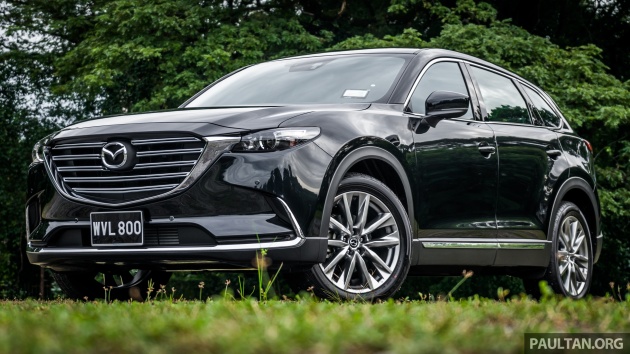




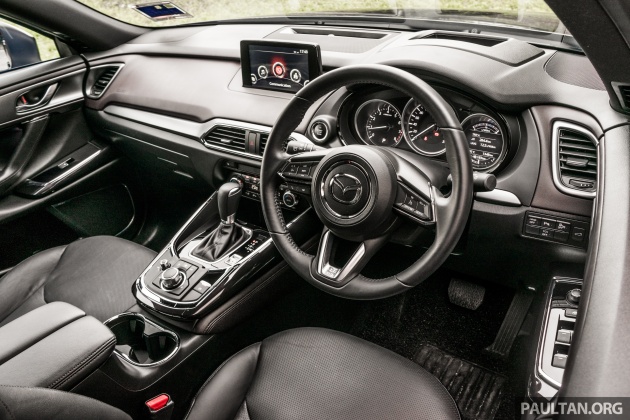






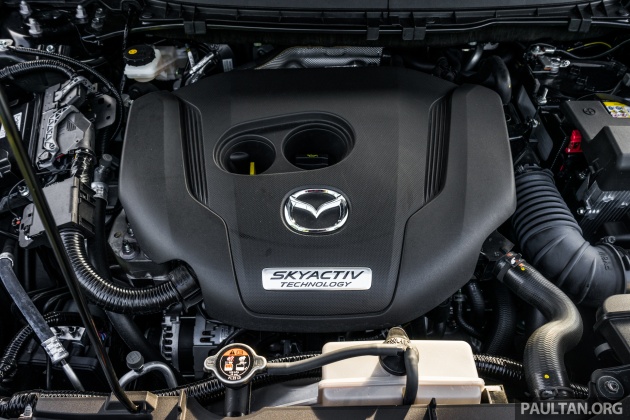


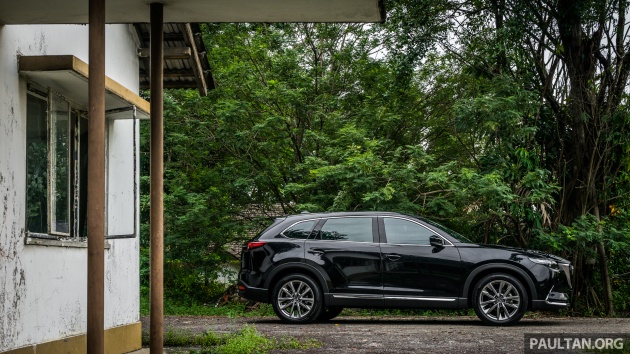
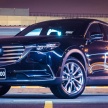
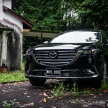
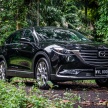
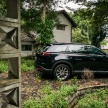
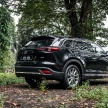

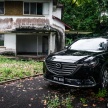
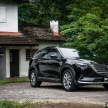
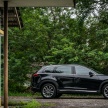
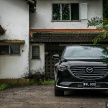
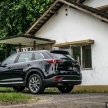
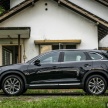
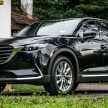
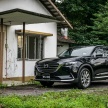
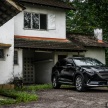
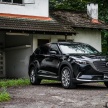
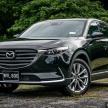
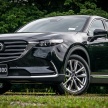
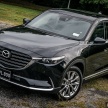
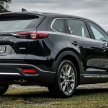
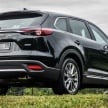
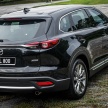
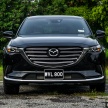
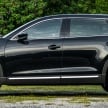
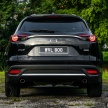
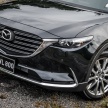
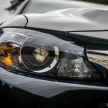
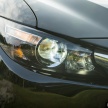
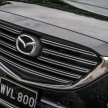
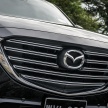
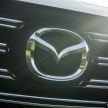
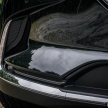
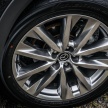
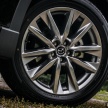
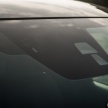
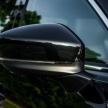
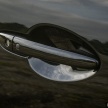
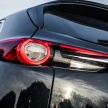
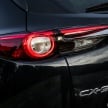
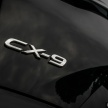
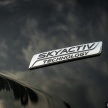
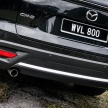
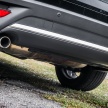
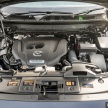
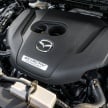
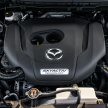
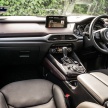
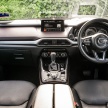
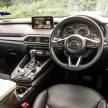
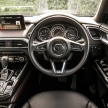
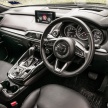
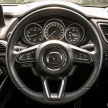
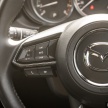
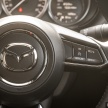
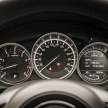
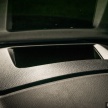
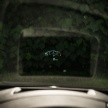
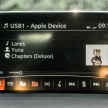
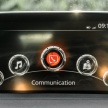
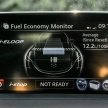

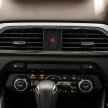
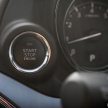
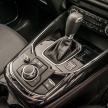
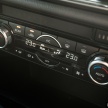
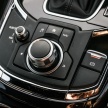
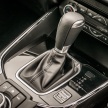
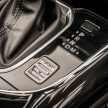
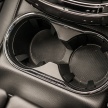
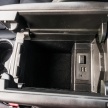
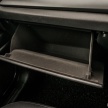
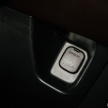
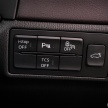
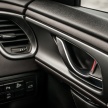
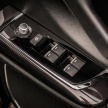
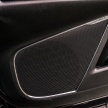
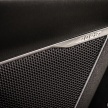
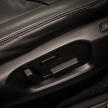
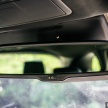
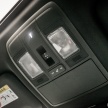
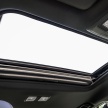
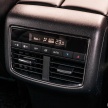
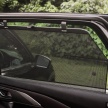
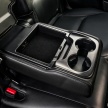
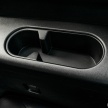
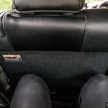
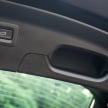
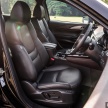
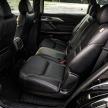
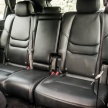
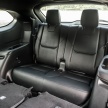
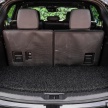
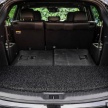
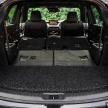
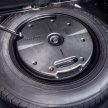
























AI-generated Summary ✨
Comments about the Mazda CX-9's worth and pricing vary, with some praising its style, comfort, and powerful performance, and others criticizing it as overpriced compared to similar models globally. Many feel that the high price tag diminishes its value, especially when compared to continental or luxury SUVs like Mercedes GLC or Volvo XC90. There are concerns about the lack of features such as third-row air vents and the vehicle's fuel consumption. Some comments suggest that local market pricing makes it less attractive, and some recommend alternative SUVs like the Kia Sorento, Honda CR-V, or even pre-owned luxury models. Overall, sentiments highlight that while the CX-9 is a good vehicle, its steep price impacts buyer interest and perceived value.